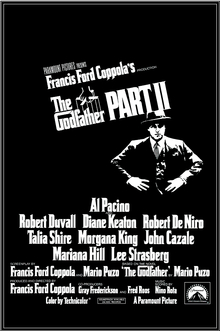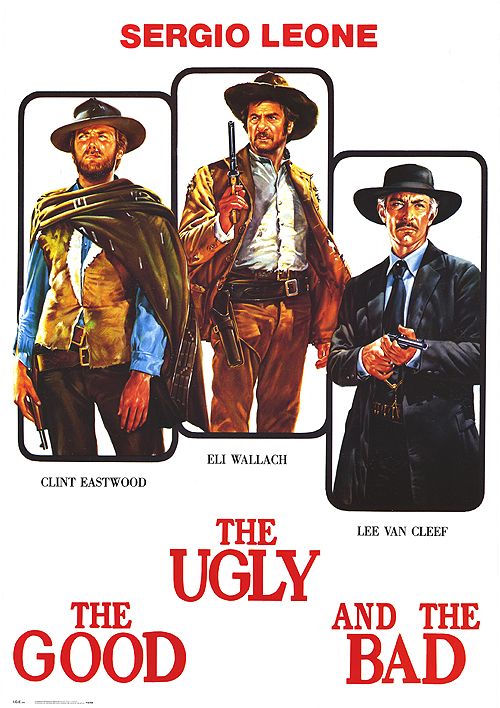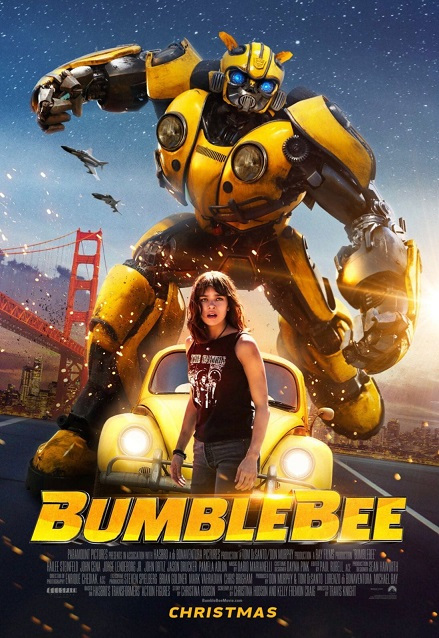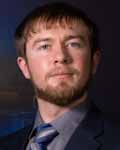4 Prequels That Are (Almost) as Good as the Original
There are many movies that set the main story of a series in motion, but some tales have a little extra backstory to tell. In this listicle, David Myers and Colton Pleslusky take a look at some of the best prequel movies released in theaters.

“The Godfather Part II” (1974)
The second part of the groundbreaking series of movies that forms the story of “The Godfather” serves as a sequel and a prequel—a “sprequel” of sorts. Not only does it continue where the first film leaves off for Michael Corleone (portrayed by Al Pacino) but it also portrays the events of how his father Vito, played by Robert De Niro, came to power in the NYC mafia scene.
Throughout, “The Godfather Part II” tells their stories with alternating scenes; it focuses on Michael in some before switching to Vito’s tale for a while.
Parts one, two and three of this film trilogy are all based on the book of the same name, written by Mario Puzo. Puzo served as a writer for the three movies as well. Unfortunately, Puzo passed away in 1999 as a result of heart failure and without the original author around, director Francis Ford Coppola ceased any plans for future installments.
Although no more films continuing the story of “The Godfather” will be made with Coppola and Puzo at the wheel, parts one and two both were triumphs of the utmost kind, netting awards such a Best Picture, Best Director, and Best Writing (Screenplay Adapted). —David Myers

“The Good, The Bad and The Ugly” (1966)
“The Good, the Bad and the Ugly” is part of a trilogy of films along with “A Fistful of Dollars” in 1964 and “For a Few Dollars More” in 1965. Ironically, “The Good, the Bad and the Ugly” is chronologically first in the story but was the last to be produced.
In the United States, all three movies were released in 1967. The years provided above reflect when they were presented in Italy. Due to a translation error, the original title reads “The Good, the Ugly and the Bad.” Together, the trilogy made the Spaghetti Western genre popular, also helping to launch Clint Eastwood’s career on the silver screen.
The events occurring throughout the “Dollars” trilogy take place during and after the American Civil War. Eastwood portrays “The Good,” his character being the one constant from movie to movie. Referred to as “Blondie” in “The Good, the Bad and the Ugly,” Eastwood’s character was marketed as “The Man with No Name.”
It became the most recognizable of the three films with its title theme, sharing the same name as the movie, becoming among the most memorable aspects of “The Good, the Bad and the Ugly.” —David Myers

“Indiana Jones and the Temple of Doom” (1984)
Many movie-goers may think that the “Temple of Doom” installment to the “Indiana Jones” series is a sequel, but it’s actually a prequel, taking place one year before “Raiders of the Lost Ark.”
Taking Indy to various locations across Asia, the movie explores some darker tones that earned the film an unfavorable review in the eyes of some and is even one of the reasons for the creation of the PG-13 rating. The film also received criticism for its stereotypical depiction of Asian culture.
Setting the negatives aside, public view of the film has improved immensely over time with many looking back on it with fondness for its imagination.
Interestingly, one of the main motivating factors in making this movie a prequel was to avoid using the Nazis again as the main antagonist faction.
The original “Indiana Jones” films are nothing short of fantastic, and they feature Harrison Ford in one of his most recognizable roles. “Temple of Doom” is surely a film to add to the watchlist if you haven’t seen it already. —Colton Pleslusky

“Bumblebee” (2018)
The “Transformers” movie franchise, while lucrative, has faced a lot of criticism for its very plain and confusing storytelling as well as its seemingly endless number of mindless action sequences. Essentially, if the viewer were to sit in the theater seat and shut off their brain, the action would be quite entertaining. But, again, mindless.
“Bumblebee” turned that around. While “Bumblebee” is not a perfect movie, the direction the prequel takes the franchise is certainly corrective. With an epic opening scene on the Transformers’ home planet Cybertron, “Bumblebee” sets to show the titular character’s initial landing on humanity’s home turf.
Featuring a whole new cast, including the invisible WWE superstar John Cena, the movie shows a meaningful and fulfilling-to-watch relationship between human and machine while providing a setting for the government’s reaction to the Transformer race to finally make sense.
Whatever it may mean for the future of cinematic “Transformers” movies, “Bumblebee” provides a solid foundation for a new era to stand on. —Colton Pleslusky
David Myers is a junior majoring in telecommunications. To contact him, email d12amyers@gmail.com.
Colton Pleslusky is a junior majoring in telecommunications. To contact him, email csp5289@psu.edu.
About the Contributors

David Myers
Fourth-year student / Telecommunications
David Myers is a fourth-year student from Watsontown, Pennsylvania. He is a member of the student-run radio station CommRadio at Penn State. He is in the arts & entertainment department.

Colton Pleslusky
Fourth-Year / Telecommunications
Colton S. Pleslusky is a fourth-year from Aliquippa, Pennsylvania majoring in telecommunications at Penn State. He is a director and writer for the CommRadio Arts & Entertainment Department as well as the host on Nittany Stories and a co-host on Nittany Record Club alongside Emily McGlynn. He does behind the scenes tasks, including directing, producing, programming and more for the Centre County Report. To contact him, email .(JavaScript must be enabled to view this email address) or .(JavaScript must be enabled to view this email address).








